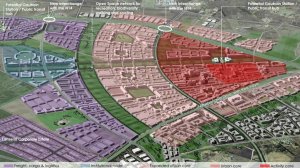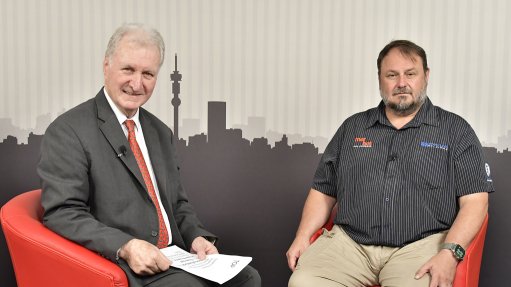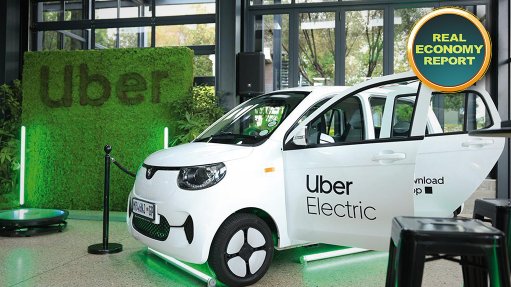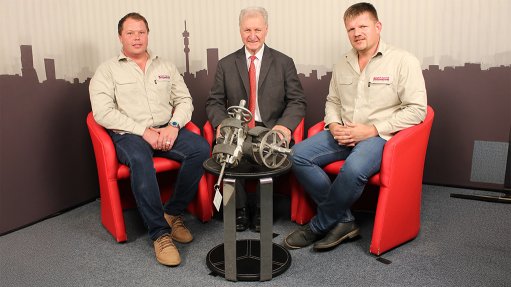At least 50% of Lanseria smart city’s housing will need to be subsidised


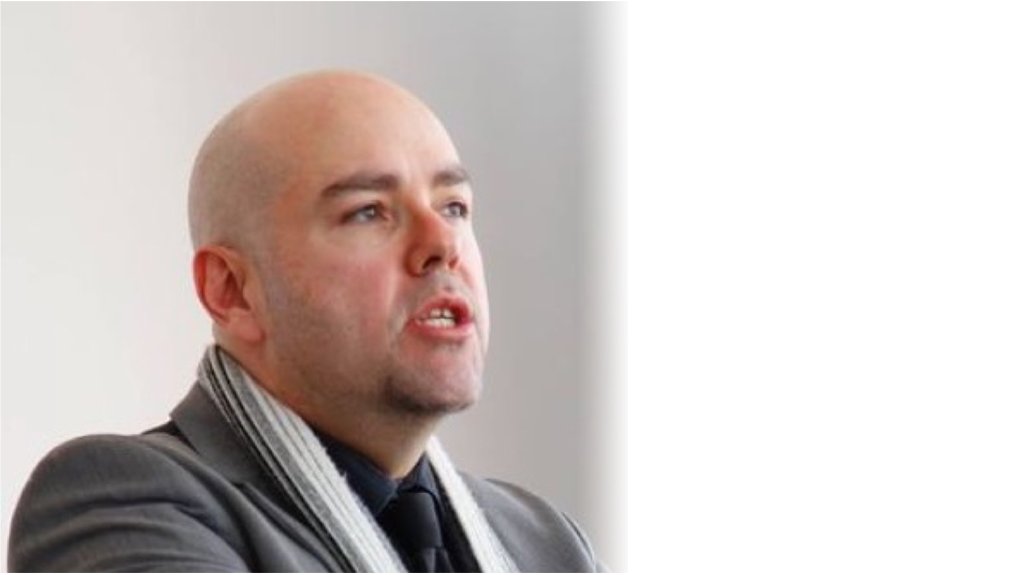
Lanseria smart city plans
Gauteng Department of Economic Development deputy DG Jak Koseff
At least 50% of the housing planned for the Lanseria smart city initiative will need to be subsidised or cross subsidised to maximise inclusion, Gauteng Department of Economic Development deputy director-general Jak Koseff said at the African Smart City Summit, in Midrand, on June 8.
He said the development of the smart city was one of the most significant opportunities to evolve genuine post-apartheid urban scale.
Importantly, the smart city needed to be purposefully designed to be inclusive of lower- and middle-income classes.
Koseff said it was important not to recreate what he nicknamed the N1 problem – where the low-income and underdeveloped Alexandria is located right next to the high-income and well-developed Sandton, creating resentment and greater separation between classes.
Office of the Presidency investment and infrastructure head Dr Kgosientsho Ramokgopa added that smart city development should be aimed at addressing equity and the upliftment of the poor, rather than just the development of high-tech hubs focussed on connectivity.
“We are transforming what is largely open space into a higher-density urbanised development that is accessible to multiple income categories and classes,” Koseff said.
The development of the Lanseria smart city has to be achieved despite the recent history of coordination failures which were driven by Lanseria’s position at the urban edge of four different municipal governments – Mogale, Tswhane, Johannesburg and Madibeng.
“None of these four municipal governments are in a position to fund the necessary bulk infrastructure such as energy systems, water systems, road networks and digital systems within the timeframes required to fully unlock the various development applications which collectively represent a new city node that would house more than 3.5-million people,” Koseff said.
“What happens in the absence of the State stepping in is a series of golf estates and warehouses colliding with the occasional informal settlement. That is the reality of Lanseria right now,” he added.
To get the project off the ground, innovative financing solutions would be needed, Koseff noted.
“It's not within the domain of the fiscus to be able to support the R15-billion needed,” he said.
Such innovate financing would include debt-financing for the upfront cost of bulk services.
Moreover, Koseff said that an infrastructure and economic master planning process would integrate all the potential economic development activities that would underpin the sustainability of the city node.
Additionally, a coordination mechanism would be needed that could phase the work required into a coordination structure for the new city node – analogous to a city improvement district but on a larger scale.
The Inner Focus Zone area is 28 663 ha, of which the proposed urban structure and development framework concept placed 52.9%, about 15 162 ha, under development.
To date, the master planning process has been completed, Koseff confirmed, which was key to designing a special purpose vehicle (SPV) for bulk infrastructure, through which a loan from the Development Bank of Southern Africa (DBSA) would cover the costs of bulk infrastructure and be recovered through claiming a percentage of the future service charges that developers and residents will pay.
“In concluding the masterplan, consultative webinars were held with property developers and large landowners; experts in waste,water and electricity infrastructure, roads and transport networks and human settlements; and social infrastructure leads and information and communication technology experts, as well as various local community clusters,” he noted.
He said the DBSA had commissioned and finalised the financial architecture for the proposed SPV.
Meanwhile, the cities of Johannesburg and Mogale have both passed council resolutions endorsing the masterplan and SPV, but Koseff said they could not approve development applications until the SPV timeline was in place.
He said the Gauteng Growth and Development Agency was in the process of finalising the set-up of a project management office to drive the Lanseria smart city project.
Meanwhile, the Government Technical Advisory Centre was working with the Gauteng provincial government to conduct a feasibility study and structuring for the high-tech special economic zone (SEZ) that was being planned for Lanseria.
“Clusters of landowners with an investor pipeline are in negotiations with the Gauteng government to set up a real estate investment trust to structure the proposed high-tech SEZ,” Koseff said.
He revealed that the Lanseria smart city project had been submitted as a Strategic Integrated Project but was not yet gazetted as such.
Article Enquiry
Email Article
Save Article
Feedback
To advertise email advertising@creamermedia.co.za or click here
Comments
Announcements
What's On
Subscribe to improve your user experience...
Option 1 (equivalent of R125 a month):
Receive a weekly copy of Creamer Media's Engineering News & Mining Weekly magazine
(print copy for those in South Africa and e-magazine for those outside of South Africa)
Receive daily email newsletters
Access to full search results
Access archive of magazine back copies
Access to Projects in Progress
Access to ONE Research Report of your choice in PDF format
Option 2 (equivalent of R375 a month):
All benefits from Option 1
PLUS
Access to Creamer Media's Research Channel Africa for ALL Research Reports, in PDF format, on various industrial and mining sectors
including Electricity; Water; Energy Transition; Hydrogen; Roads, Rail and Ports; Coal; Gold; Platinum; Battery Metals; etc.
Already a subscriber?
Forgotten your password?
Receive weekly copy of Creamer Media's Engineering News & Mining Weekly magazine (print copy for those in South Africa and e-magazine for those outside of South Africa)
➕
Recieve daily email newsletters
➕
Access to full search results
➕
Access archive of magazine back copies
➕
Access to Projects in Progress
➕
Access to ONE Research Report of your choice in PDF format
RESEARCH CHANNEL AFRICA
R4500 (equivalent of R375 a month)
SUBSCRIBEAll benefits from Option 1
➕
Access to Creamer Media's Research Channel Africa for ALL Research Reports on various industrial and mining sectors, in PDF format, including on:
Electricity
➕
Water
➕
Energy Transition
➕
Hydrogen
➕
Roads, Rail and Ports
➕
Coal
➕
Gold
➕
Platinum
➕
Battery Metals
➕
etc.
Receive all benefits from Option 1 or Option 2 delivered to numerous people at your company
➕
Multiple User names and Passwords for simultaneous log-ins
➕
Intranet integration access to all in your organisation


